Search Results
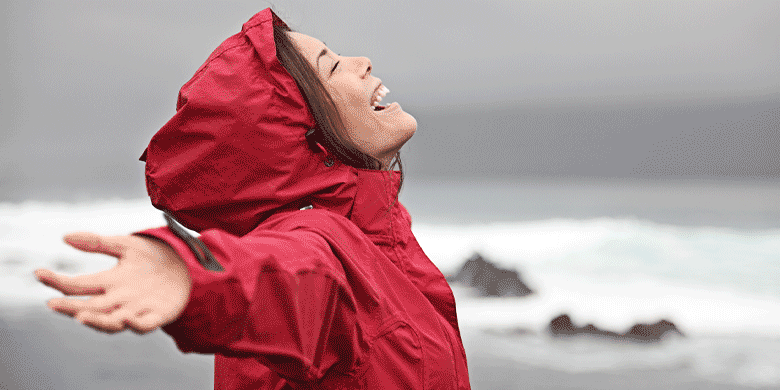
14 September, 2023
Jackets - What's the Difference Between Waterproof & Water-Resistant?
When it comes to protecting ourselves from the elements, jackets play a crucial role in keeping us comfortable and dry. Two terms stand out among the various options available: waterproof and water-resistant. While both may seem similar, there are significant differences between the two. Understanding these differences is essential for making informed decisions about which type of jacket suits your needs best. We will explore the distinctions between waterproof and water-resistant jackets, their respective features, benefits, and limitations.
Fabric Waterproof Ratings
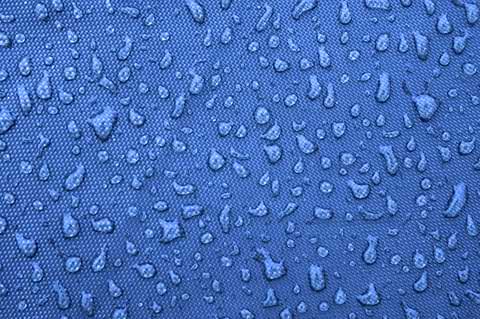
Waterproof fabrics are a game-changer, providing a barrier against rain and moisture, ensuring you remain dry underneath. To add to their appeal, modern waterproof fabrics also incorporate breathability, allowing sweat to escape from the inside to the outside, preventing discomfort caused by trapped moisture. Understanding the three levels of water resistance is crucial for selecting the perfect fabric that aligns with your outdoor needs.
They achieve their remarkable performance through a membrane or coating that acts as a shield against water penetration. This barrier effectively keeps you dry even during heavy downpours or wet conditions. Additionally, advanced waterproof fabrics incorporate breathable membranes, a revolutionary feature that allows moisture vapour (sweat) to escape from the inside to the outside. This breathability ensures that you remain comfortable and dry during physical activities, preventing that clammy feeling associated with non-breathable materials.
Different fabrics are engineered with varying priorities, some emphasising waterproofness while others focus on breathability. High-performance waterproof fabrics may lean towards exceptional water resistance to keep you dry in challenging weather. On the other hand, breathable fabrics prioritise moisture management, allowing sweat to pass through the fabric, thereby maintaining comfort during intense physical activities.
The Three Levels of Water Resistance
LEVEL 1: 600mm - 2,000mm - Basic Water Resistance
Fabrics classified under Level 1 provide a certain degree of resistance to moisture and light spray. Their waterproof rating typically falls between 600mm and 2,000mm. Such fabrics are suitable for light rain and drizzles, offering protection during everyday activities and as handy emergency rain covers. However, they may not withstand prolonged exposure to heavy rain or intense weather, and water may eventually seep through under moderate pressure.
LEVEL 2: 2,000mm - 8,000mm - Moderate Water Resistance
Fabrics classified as Level 2 boast higher water resistance, with a waterproof rating ranging from 2,000mm to 8,000mm. These fabrics are considered rainproof, capable of withstanding light to moderate rain under normal pressure. They are versatile and suitable for various outdoor activities, including hiking and urban commuting in rainy weather. While they can keep you dry in most common weather scenarios, they might struggle to maintain complete waterproofing during heavy or extended rainfall.
LEVEL 3: 8,000mm - 15,0000mm - High Water Resistance
Fabrics with a waterproof rating between 8,000mm and 15,000mm are classified under Level 3, providing outstanding rainproof and waterproof capabilities. These fabrics excel in protecting against prolonged rain showers, heavy downpours, and wet environments. Ideal for outdoor enthusiasts engaging in more extreme activities like mountaineering, skiing, or extended hiking trips, Level 3 fabrics offer reliable waterproofing, ensuring you stay dry and comfortable even during prolonged exposure to rain.
When choosing the right waterproof fabric for your outdoor adventures, consider the activities you'll be undertaking, the weather conditions you're likely to encounter, and the duration of your exposure to rain. Finding the optimal balance between waterproofness and breathability is the key to a comfortable and enjoyable outdoor experience. Armed with an understanding of the three levels of water resistance, you can confidently make informed decisions and select the perfect waterproof fabric to match your specific needs, empowering you to tackle any weather Mother Nature throws your way.
Waterproof Jackets
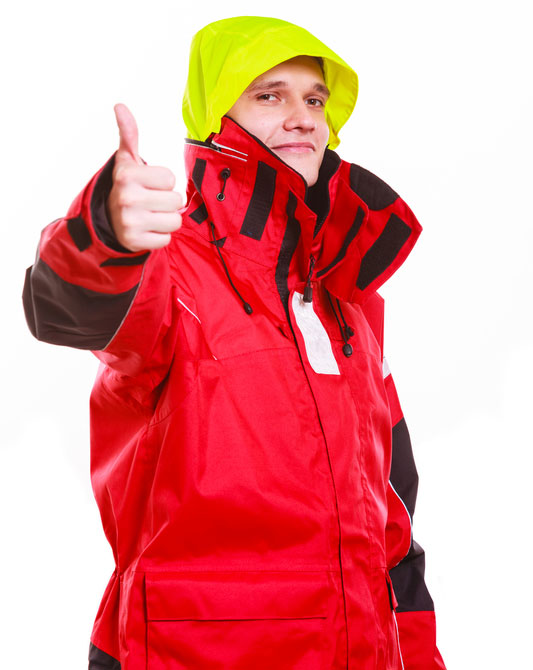
These are designed to provide the highest level of protection against rain, snow, and other wet conditions. These jackets use advanced materials and construction techniques to prevent water from penetrating the fabric. They typically incorporate a waterproof membrane. This membrane features microscopic pores that are small enough to prevent water droplets from entering but large enough to allow vapour (sweat) to escape, ensuring breathability.
Key Features of Waterproof Jackets
1) Fully Sealed Seams: Fully sealed seams are an integral feature in the design of high-performance waterproof jackets. Seams are the areas where two or more pieces of fabric are stitched together to create the jacket's structure. Unfortunately, these seams can be vulnerable points for water penetration, especially if left untreated.
Waterproof jacket manufacturers use specialised seam-sealing techniques to overcome this limitation to make these critical points impermeable to water. The sealing process ensures that no water can pass through the tiny gaps between the threads and the fabric, effectively preventing any leaks or seepage.
There are primarily two seam-sealing techniques employed in the production of waterproof jackets:
a. Taping:
Taping is the most common and effective method used to seal seams. In this technique, waterproof tape is applied over the stitched seams on the inside of the jacket. This tape acts as a barrier, covering the needle holes and preventing water from penetrating the seams. The choice of tape material can vary, but it is often made from polyurethane or other waterproof materials to complement the jacket's overall construction.
b. Welding:
In some cases, particularly with high-end technical jackets, welding is employed to seal seams instead of traditional taping. Welding involves bonding the two pieces of fabric together using heat and pressure, effectively creating a seamless and watertight joint.
There are different types of welding techniques, such as hot air welding, radio frequency welding, and ultrasonic welding. These techniques create strong, durable bonds without the need for additional seam tape, resulting in a lighter and more streamlined waterproof jacket.
2) Waterproof Zippers
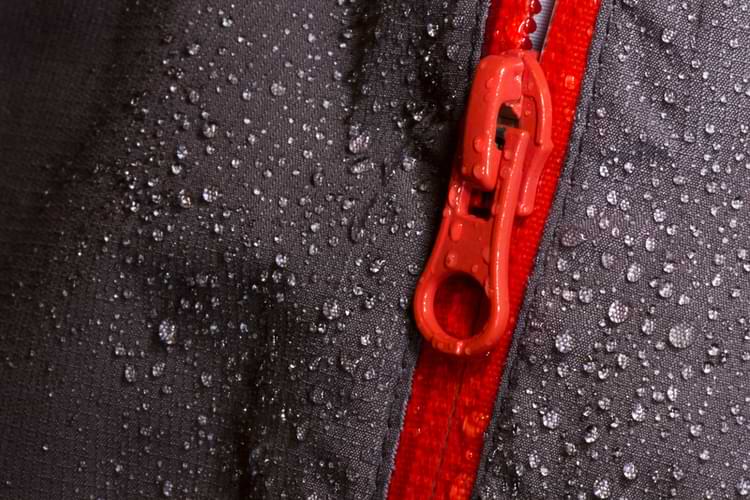
While the jacket's fabric plays a significant role in keeping moisture out, the zipper is equally crucial. Waterproof zippers are engineered to prevent water from seeping through the jacket's front closure, offering additional protection against the elements. Unlike regular zippers, these are designed with precision to create a watertight seal.
The zipper's teeth are covered with water-repellent tape made from specialised materials, such as polyurethane or coated nylon. This tape prevents water from passing through the gaps between the zipper teeth. Higher quality ones often have a welded or sealed construction, where the zipper's ends are bonded or sealed shut. This ensures no water can penetrate through the open ends.
The pull tab or slider is usually made of rubber or coated with a water-resistant material. This ensures that water doesn't seep through the space where the pull tab slides along the zipper track.
One very popular style is a continuous coil that interlocks to form the zipper chain. They are flexible, lightweight, and well-suited for outdoor jackets because they adapt to movements. Coil zippers are commonly used on waterproof jackets intended for everyday wear and moderate outdoor activities.
When combined with fully sealed seams and waterproof fabrics, waterproof zippers provide a comprehensive defence against water infiltration, creating a well-rounded and reliable waterproof jacket.
3) (DWR) Durable Water Repellent Coating
An outer layer treated with a water-repellent coating stands out as a critical element. This treatment enhances water repellency, promotes water beading, and contributes to the overall performance of the jackets.
Durable Water Repellent (DWR) is a hydrophobic chemical treatment applied to the outermost layer of waterproof jackets. DWR coatings are usually fluoropolymer-based, made from long-chain molecules with strong carbon-fluorine bonds. These bonds create low surface energy, causing water droplets to bead up and roll off the fabric rather than being absorbed.
When a jacket is treated with a DWR coating, it undergoes a transformation in its surface characteristics. The DWR molecules bond to the individual fibres of the fabric, forming a microscopically thin and uniform layer. This layer creates a barrier that repels water droplets, preventing them from penetrating the fabric.
The low surface energy of the DWR-treated fabric reduces the attraction between water molecules and the fabric's surface. As a result, water droplets bead up into spherical shapes rather than spreading out, reducing the fabric's contact area with water. This beading effect allows the water droplets to roll off the fabric more easily, keeping the outer layer dry and maintaining the jacket's breathability.
DWR-coated outer layers significantly enhance the jacket's water resistance, ensuring that water droplets remain on the surface without soaking into the fabric. This feature keeps the wearer dry and comfortable in light rain or during brief exposure to wet conditions. It also plays a crucial role in maintaining the breathability of the jackets. By preventing water from saturating the outer layer, the fabric can effectively transport moisture, and sweat vapour away from the body, promoting a comfortable microclimate inside the jacket.
It also allows them to dry more quickly after exposure to moisture. This rapid drying time is especially advantageous during outdoor activities, where being wet for an extended period can lead to discomfort and potential hypothermia.
Water-Resistant Jackets:
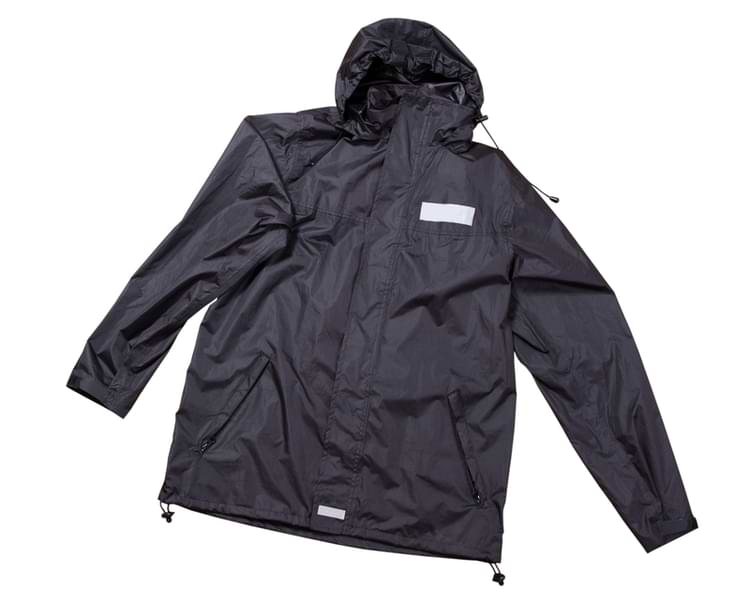
Water-resistant jackets, as the name suggests, offer moderate protection against water. While they are not entirely impervious to rain or moisture, they can withstand light rain and drizzles for a limited time before water begins to seep through.
Key Features of Water-Resistant Jackets
1) Water-Repellent Fabric: Water-resistant jackets are also made from fabrics that are treated with a DWR coating, causing water to bead up on the surface and roll off. Just like waterproof jackets, they can go through some of the same processors in regards to the fabric treatment. The difference comes with the seam sealing and zipper features
b. Limited Seam Sealing: Unlike waterproof jackets, water-resistant jackets may have fewer sealed seams, making them more susceptible to water penetration through stitching. While water-resistant jackets provide some level of protection against light rain and moisture, their seam construction may not be as comprehensive as that of fully sealed waterproof jackets.
Unlike waterproof jackets, which have all their seams fully sealed using tape or welding to create a complete barrier against water penetration, water-resistant jackets may have a reduced number of sealed seams. Instead of sealing every seam, manufacturers may selectively seal the most critical seams, such as those in areas prone to direct exposure to rain, like the shoulders and chest.
Due to the above, it makes these jackets more susceptible to water penetration through the stitching. While the fabric itself may have some level of water repellency, the unsealed seams create potential entry points for water under prolonged exposure to rain or heavy downpours. Water can seep through the needle holes and stitching, leading to dampness on the inside of the jacket, particularly in areas where the seams are not sealed.
They perform well in light rain or drizzles, providing adequate protection for everyday use and casual outdoor activities. During brief exposure to moisture, the limited seam sealing is usually sufficient to keep the wearer dry and comfortable.
They do have their limitations in more challenging wet conditions. Prolonged exposure to heavy rain, continuous downpours, or wet environments can eventually overwhelm the jacket's water resistance. Moisture may find its way through the unsealed seams, compromising the jacket's ability to keep the wearer dry.
Conclusion
In summary, the choice between a waterproof and water-resistant jacket depends on the intended use and the level of protection required. Invest in a high-quality waterproof jacket for maximum protection if you engage in outdoor activities in harsh weather conditions. On the other hand, a water-resistant jacket may suffice if you are looking for a versatile option for light showers or everyday wear.
Remember to check the jacket's specifications and the manufacturer's recommendations to ensure it aligns with your needs and preferences. With the right choice, you can enjoy the outdoors while staying comfortable and dry, regardless of the weather conditions.
The PromotionsOnly Team

